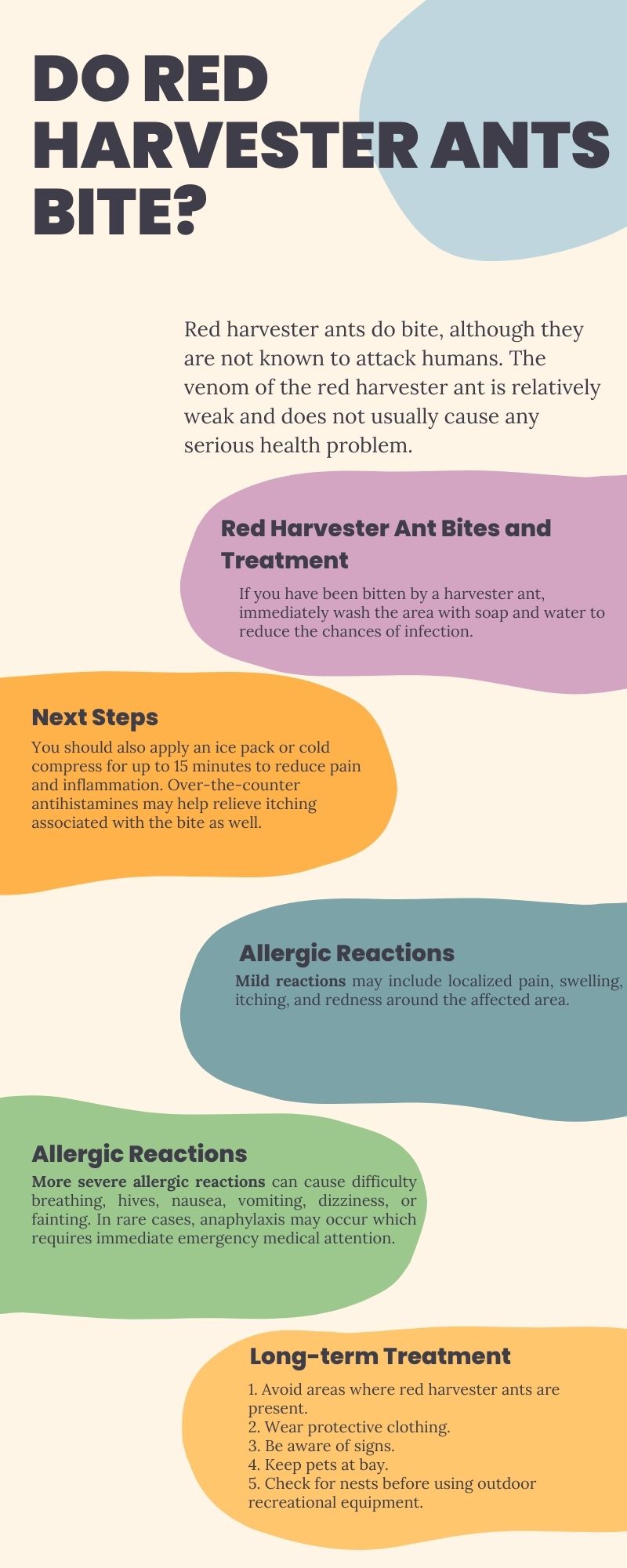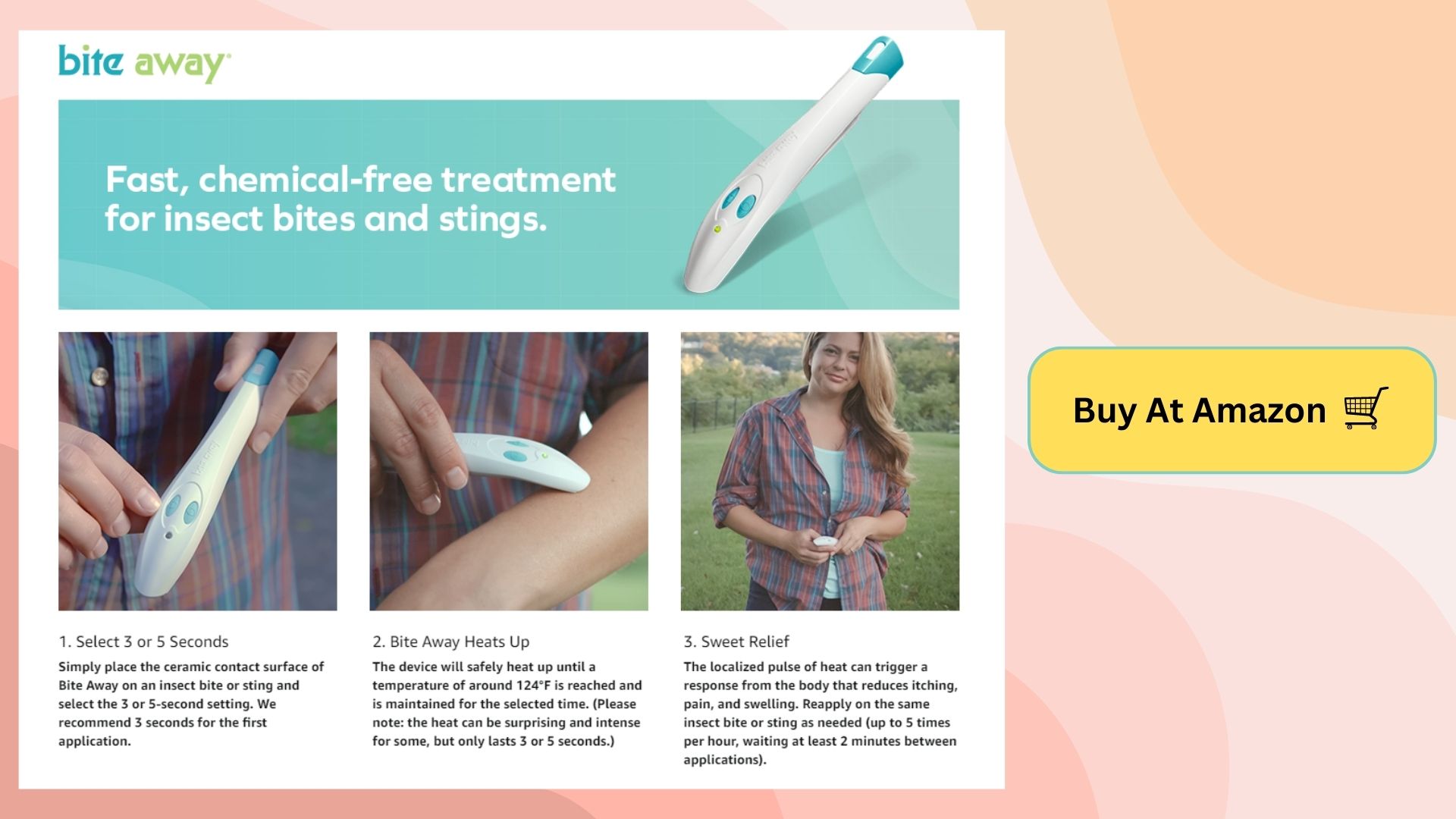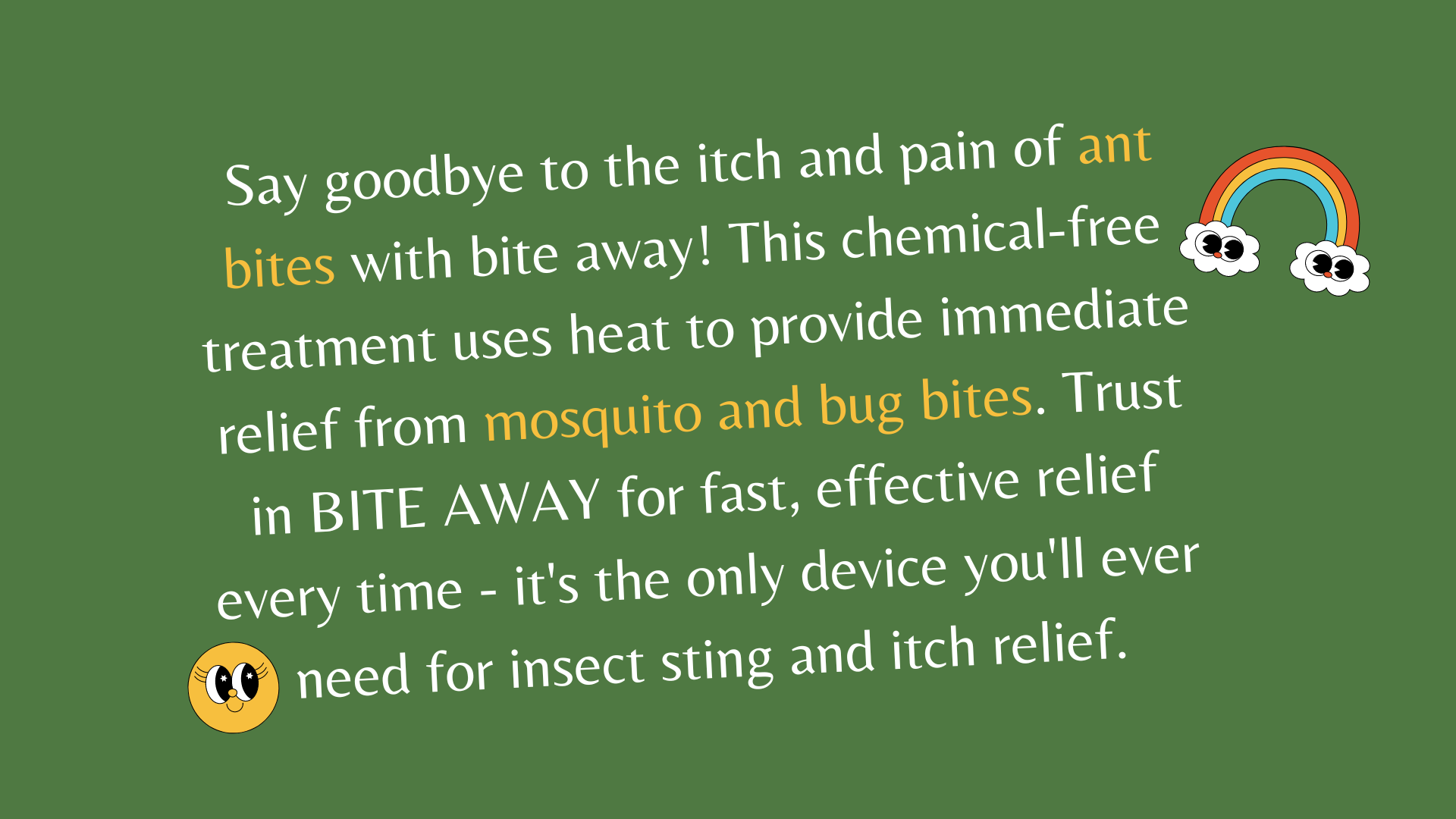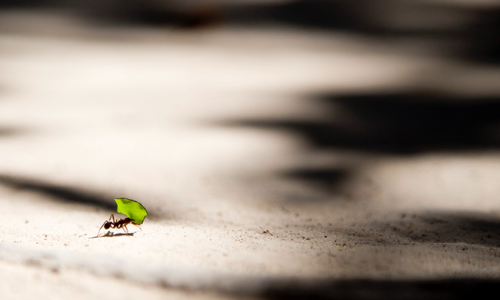Your PERSONAL ANT-CYCLOPEDIA
Red harvester ant (Pogonomyrmex barbatus)
Red harvester ant Scientific Classification
Phylum Belonging: Arthropods
Class of Belonging: Insects
Order To Which It Belongs: Hymenoptera
Family In Which It Is Located: Formicidae
Subfamily In Which It Is Located: Myrmicinae
Genus: Pogonomyrmex
Species: Pogonomyrmex barbatus
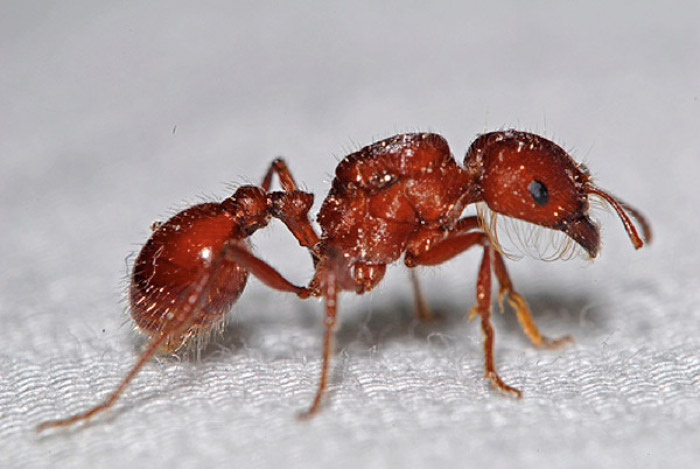
Have you ever wondered if red harvester ants have any benefits to nature? And if so, what are the benefits of red harvester ants? or How toxic are harvester ants?
Well, if you have asked yourself these questions or many others about this interesting species of ant native to the Southwestern United States. Here we will offer you all the information you need to understand this arthropod and learn everything you need to be able to breed them in captivity if you are interested in their breeding or if, on the other hand, harvester ants have settled in your home and you are looking for the way to control its population quickly and safely. Here we will provide you with all the information you need to deal with these small animals the right way.
So, without further ado, sit back and join us in the amazing world of red harvester ants.
Red harvester ant Identification
“Pest Stats”
| Color | Red To Brown To Black |
| Legs | Two nodes (bumps between middle and rear body sections) |
| Shape | Ant Taxonomy Genus – Pogonomyrmex Spines on the back are sometimes present |
| Size | * Larger ants; 1/5 – 1/2 inch long * Workers could have different sizes |
| Antennae | Yes |
| Region | Kansas and Oklahoma through western Texas into Mexico and southward through New Mexico and Arizona |
What does a Red harvester ant Look Like?
Description
The red harvester ant is a medium-sized ant with a reddish-brown to black body. It has 12 segmented antennae and its head, thorax, and abdomen are all well defined. Its legs are also reddish. The total length of the red harvester ant is between 4 – 9 mm (0.16 – 0.35 inches).
Geographical distribution
Red Harvester Ant Distribution Map In Us
It is found across much of the central and southern United States, including Arizona, California, New Mexico, Oklahoma, Texas, and Florida. It has also been introduced to Hawaii.
Red harvester ant Arizona
Red harvester ant California
Red harvester ant New Mexico
Red harvester ant Oklahoma
Red harvester ant Texas
Red harvester ant Florida
Red Harvester Ant Distribution By Country
Australia: Red harvester ants are found in most of the arid areas of Australia, from the coast to about 500 km inland.
United States: The red harvester ant is native to much of the western and south-central United States, including Arizona, California, New Mexico, Texas, and Utah. It is also found in parts of Colorado and Oklahoma.
Mexico: In Mexico, red harvester ants are found mostly in the northern states. They are common throughout Chihuahua but can also be found in Coahuila, Durango, Sonora, and Nuevo León.
South America: Red harvester ants have been reported from several countries in South America including Argentina, Bolivia Colombia Ecuador, and Peru as well as some Caribbean islands such as Cuba.
Red Harvester Ant Distribution By Continent
North America: Southwestern United States and northern Mexico.
South America: They are widespread across Central and South America, from southern Brazil through to Peru.
Europe: They have been introduced to some parts of Europe, mainly Spain, Portugal, and Italy.
Africa: Red Harvester Ants are natively found in much of sub-Saharan Africa, from Senegal down to Tanzania and southwards into Namibia.
Australia/Oceania: Most parts of Australia (with the exception of Tasmania) as well as New Zealand’s North Island.
Asia: Finally these Ants are natively found throughout India, Pakistan and Afghanistan. They have also been introduced to Japan and China.



Join The Ant Farming Club!
If you are looking for an Ant Farm and you don’t know which one to choose, or on the other hand you already have your first ant farm, but you don’t know how to grow your colony, take care of it or feed it. Here we offer you the best tips and products to make your colony grow healthy and strong.
In the next section, you will also find advice from professionals to choose the best products on the market such as:
- Luminous Gel
- Ant Farm Sand
- LED light
- Live Ants
- Full Ant Farm Kits For Kids
Ant Farming Club is perfect for kids wanting their first ant farm or schoolteachers wanting to show their students the biology of ants in a natural habitat.
Join
Join and learn all about the world of ants and ant farming.
Products & Discounts
Find discounts and advice from professionals about the best products on the market in 2022.
Meet
Connect with people who are passionate about the world of entomology.
Do Red Harvester Ants Bite?
Red harvester ants do bite, although they are not known to attack humans. The venom of the red harvester ant is relatively weak and does not usually cause any serious health problems for humans in most cases. However, those with allergies or bee sting sensitivities may experience more severe symptoms from a red harvester ant bite than an average person would.
Red Harvester Ant Bites and Treatment
If you have been bitten by a harvester ant, immediately wash the area with soap and water to reduce the chances of infection.
You should also apply an ice pack or cold compress for up to 15 minutes to reduce pain and inflammation. Over-the-counter antihistamines may help relieve itching associated with the bite as well.
Allergic reactions to Red Harvester Ant bites and stings
Allergic reactions to red harvester ant bites and stings can range from mild to severe.
Mild reactions may include localized pain, swelling, itching, and redness around the affected area.
More severe allergic reactions can cause difficulty breathing, hives, nausea, vomiting, dizziness, or fainting. In rare cases, anaphylaxis may occur which requires immediate emergency medical attention.
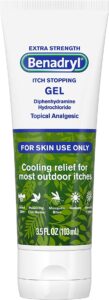
About this item
- Benadryl Extra-Strength Anti-Itch Gel temporarily relieves pain and itching associated with insect bites, minor burns, sunburn, minor skin irritations and rashes due to poison ivy, poison oak and poison sumac.
- Topical analgesic gel provides cooling, anti-itch relief from most minor pains and outdoor itches associated with insect bites.
- The cooling gel provides the relief of pain and itching associated with insect bites.

More Immediate Treatment management for Red Harvester Ant Bites:
Long-term Treatment management:
1. Avoid areas where red harvester ants are present: Red harvester ants are typically found in dry, sandy, and open habitats. When outdoors, it’s best to stay away from known ant colonies or avoid walking through sand dunes or other areas of loose soil that may serve as the insects nesting grounds.
2. Wear protective clothing: Wearing protective clothing such as long pants and closed-toe shoes when outdoors can help protect you against being bitten by a red harvester ant. Additionally, tucking trousers into socks can offer an extra layer of protection should any rogue ants attempt to climb up your legs!
3. Be aware of signs: If you see reddish-brown mounds of soil along with trails leading away from them then be sure to keep your distance – these could well be nests complete with their resident ant population!
4. Keep pets at bay: Pets can often trigger defensive responses in red harvester ants due to their size and noise levels so it’s important that they aren’t allowed near suspected nest sites either – especially curious cats who like to explore!
5. Check for nests before using outdoor recreational equipment: Before using any type of outdoor equipment (such as garden furniture) check inside it thoroughly for any active nests first since this is one way people have ended up getting bitten by the insect in question!

About this item
- Benadryl Extra-Strength Anti-Itch Gel temporarily relieves pain and itching associated with insect bites, minor burns, sunburn, minor skin irritations and rashes due to poison ivy, poison oak and poison sumac.
- Topical analgesic gel provides cooling, anti-itch relief from most minor pains and outdoor itches associated with insect bites.
- The cooling gel provides the relief of pain and itching associated with insect bites.

Natural Behavior Red Harvester Ant
The natural behavior of a red harvester ant includes foraging, building and maintaining nests, defending their colony from predators, competing with other colonies for resources, and caring for the queen.
They travel in trails to search for food such as seeds and grasshoppers. When they find something edible they bring it back to their nest where it is shared among the colony members.
In addition, they communicate with each other through chemical signals known as pheromones. The ants also work together to build complex underground nests that are made up of interconnecting tunnels and chambers.
Finally, these ants will defend their colonies from outside threats by swarming any intruders or attacking any potential predators before retreating quickly back into their nest.

Funny Fact About Red Harvester Ant
Some cool facts about harvester ants
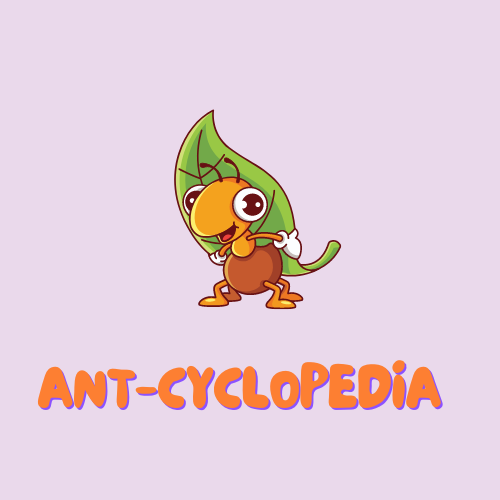
1. Harvester ants are incredibly hardworking and can move up to 13 tons of soil a year in their nests!
2. They have one of the most complex social structures among insects, with different roles for workers, soldiers, and queens.
3. Each harvester ant colony can contain as many as 500,000 ants!
4. Harvester ants collect seeds that they store in their underground chambers for food reserves during times of scarcity or drought conditions.
5. The pheromones produced by these ants attract other worker ants so that they can help out when needed, like during seed collection time or nest maintenance tasks!
6. The red harvester ant is the only species of ant that can taste sweet things. They are also known to collect and store seeds, acting almost like farmers!
Red Harvester Ant Photos And Pictures
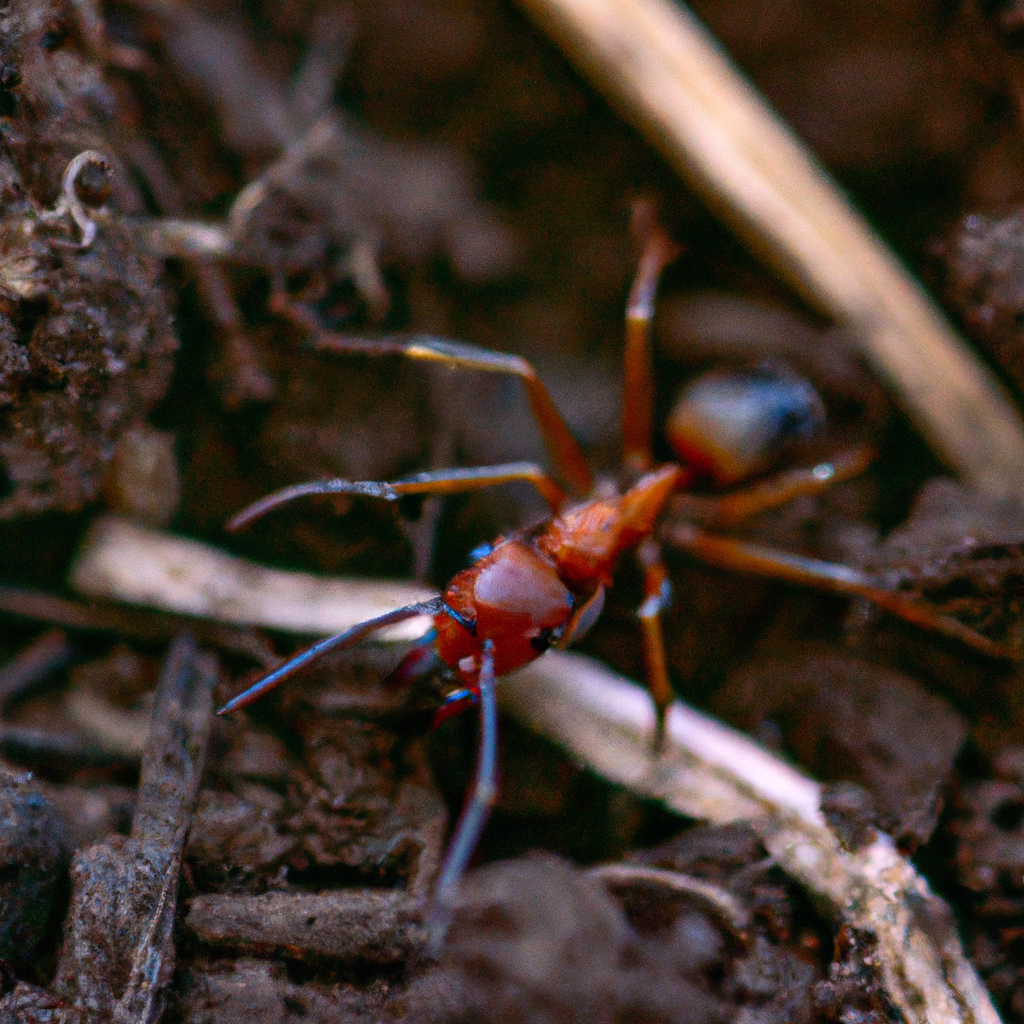
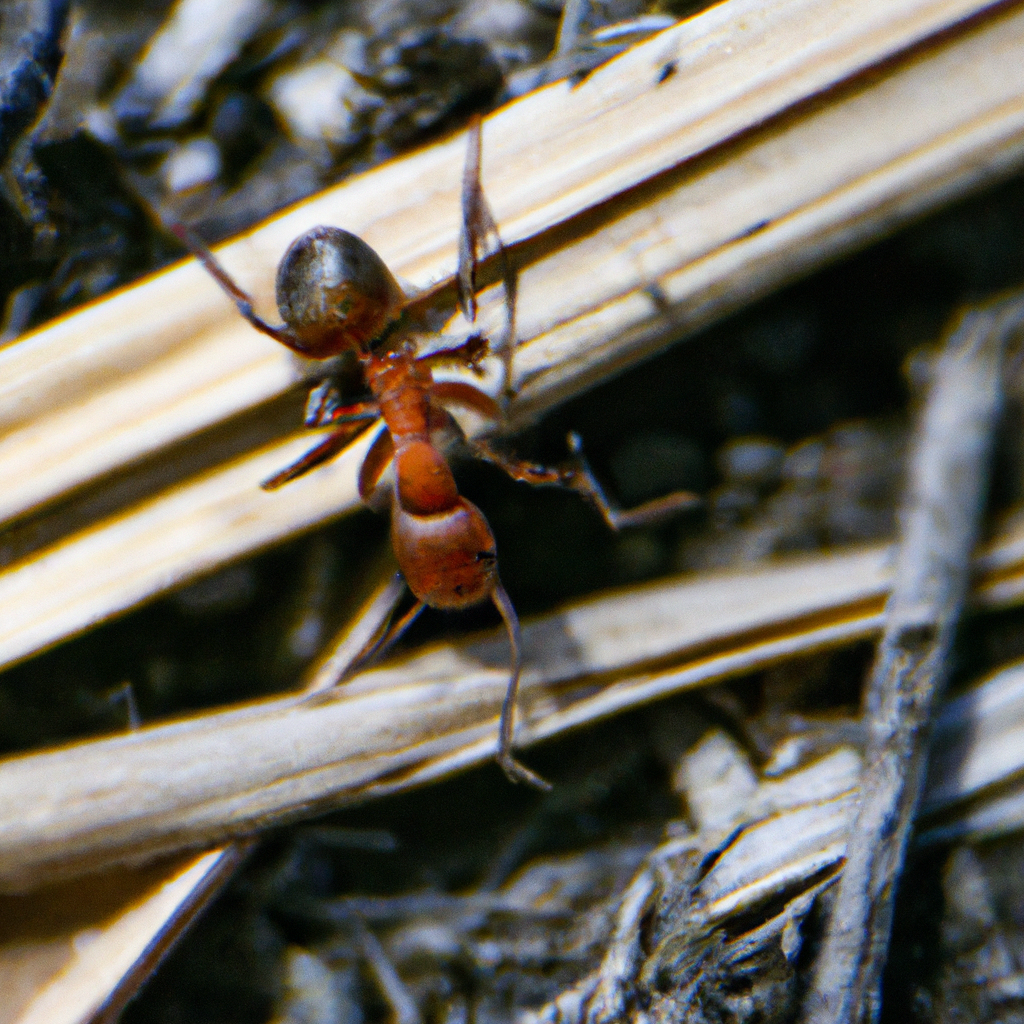
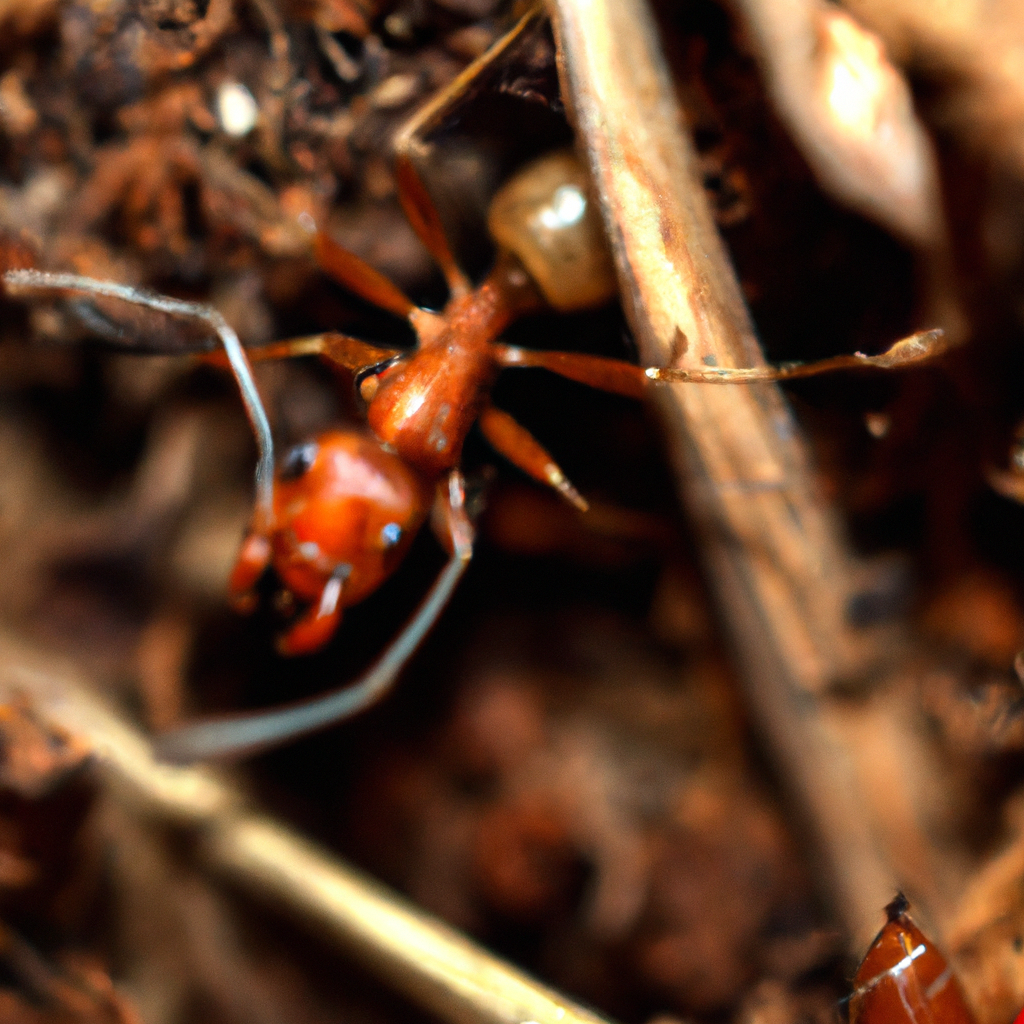



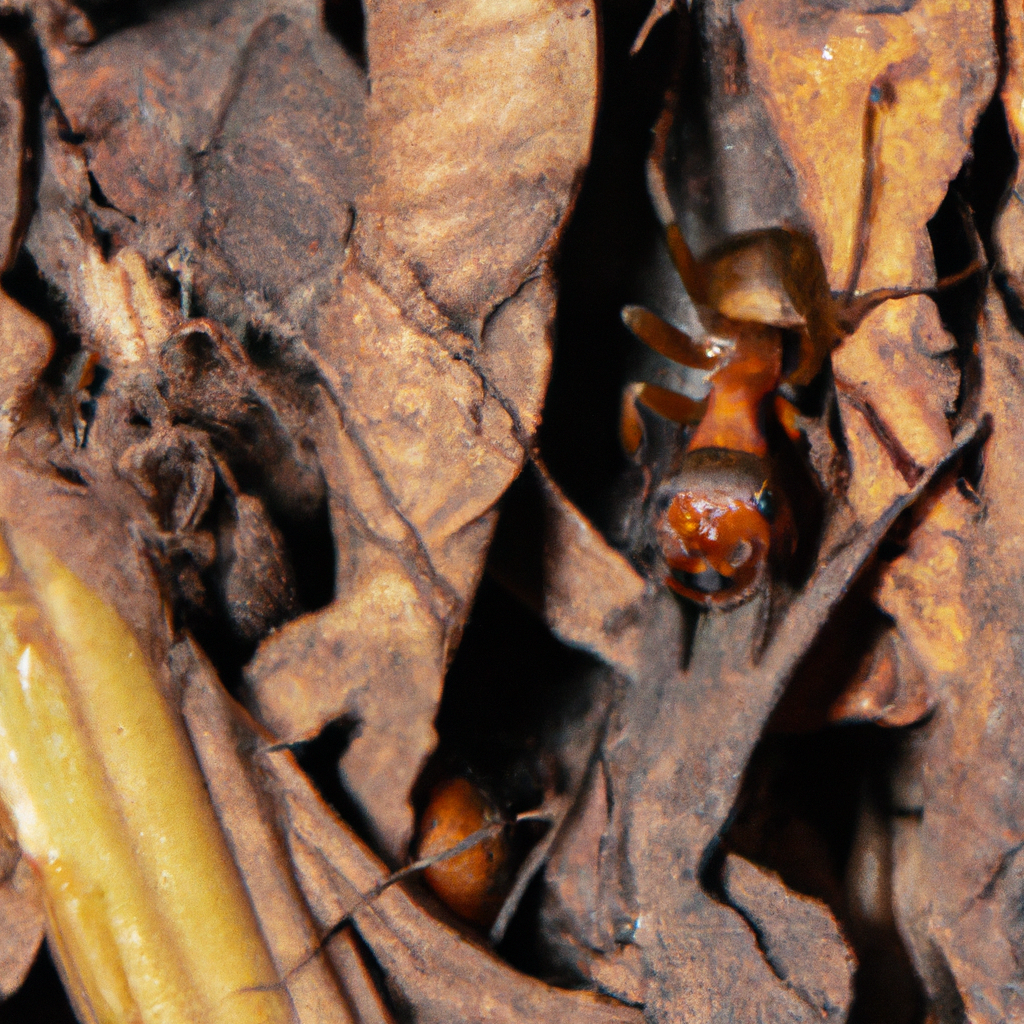
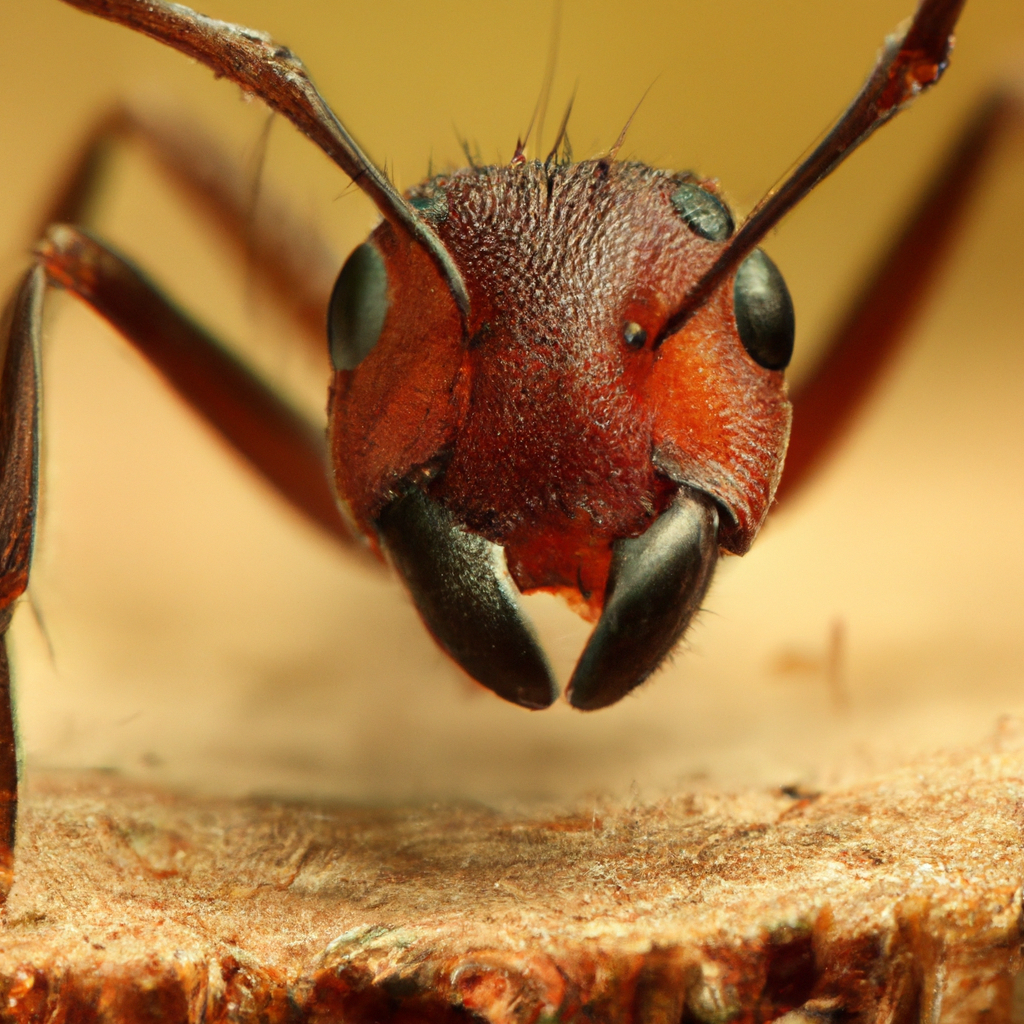
Seasonal Colony Trends [All You Should Know]
So far we have defined what a harvester ant is, we have given you unique details that will allow you not only to identify this species but also to understand a little more about its social behavior both when it comes to coexisting with other species as well as its territorial behavior It’s time to protect your colony. As its poison can be really uncomfortable for us humans and we have even shared some secrets about this interesting species of ant. But now it’s time to talk about the fascinating biological world of the harvester ant.
In this section, we are going to unravel the mysteries behind its reproductive cycle, where we will delve into the intricate details that govern this remarkable species. From understanding how queen ants establish colonies to discovering the secrets of worker ants’ roles. All this information will be useful to you both if you want to understand more about these ants in case you have a pest problem, as well as if your curiosity is at an academic level. So sit down and join us!
Red Harvester Ant Reproduction (Reproductive Biology)
Mating Habits
Like most other ant species, red harvesters have an advanced social structure that includes a queen for reproduction and workers to collect food and care for the colony’s needs. Male red harvester ants play no role in reproducing or caring for the colony; their only purpose is to reproduce.
Once mature, male red harvester ants leave their nest and join swarms with other males searching for receptive queens from neighboring colonies.
When they encounter another swarm, males will often fight among themselves before one emerges as victorious; this winning male has been observed mounting receptive queens prior to mating. The reproductive cycle begins when a fertilized female lays her eggs underground where they hatch into larvae after several months inside an egg chamber called an earthen cell.
The eggs develop within two weeks but remain dormant until conditions are right—typically during periods of moisture or humidity—for them to break out of their cells and form pupae that later emerge as adult workers or sexual forms (males/queens).
As adults, these sexual forms mate with members from different colonies on multiple occasions throughout their lifetime to keep the gene pool diverse Red Harvester Queens will live up to seven years while worker ants can live up to five years depending on environmental factors such as temperature and availability of food resources.
Red Harvester Ant Environmental Impact
Normally the presence of these ants has an overall positive environmental impact on the surrounding ecosystems, as they help regulate plant growth and act as food sources for many small animals.
Additionally, their extensive underground networks help aerate and loosen soil, improving water infiltration and helping prevent erosion.
These beneficial effects are particularly important in dry areas with limited rainfall or irrigation. Red harvester ants also provide pollination services for some desert plants, ensuring genetic diversity among populations.
Red Harvester Ant Human Impact
Threats To Humans (Are Red Harvester Ant harmful?)
Despite their usefulness within deserts, red harvester ant colonies can be disruptive when they spread into residential areas due to their large numbers and aggressive behavior. In this situation, it may be necessary to take steps to control population numbers or relocate nests away from human activity.


Red Harvester Ant Education (Red Harvester Ant Life Cycle)
These tiny creatures, found in arid regions across North America, have evolved unique adaptations that allow them to survive in harsh conditions and thrive as a cohesive unit.
The red harvester ant’s life cycle is a captivating tale of growth and transformation. It begins with the queen ant laying her eggs deep within the underground chambers of their intricate colonies. These eggs hatch into larvae, which are meticulously cared for by worker ants who provide them with food and protection.
As the larvae mature, they enter a pupal stage where they undergo metamorphosis within small cocoons. This transformative process lasts several weeks before giving birth to adult ants equipped with distinct roles within their colony hierarchy – workers, soldiers, or reproductive individuals.
The workers diligently undertake tasks such as foraging for food, and building and maintaining tunnels in their sandy habitats while also caring for the larvae and tending to the queen’s needs. The soldier ants serve as protectors of their community against threats from predators or rival colonies.
Lastly, there are reproductive individuals known as alates that possess wings allowing them to embark on mating flights during specific seasons. Once mated successfully, these alate females establish new colonies elsewhere by shedding their wings and digging into virgin territories.
Understanding the intricacies of red harvester ant life cycles not only provides us with insight into nature’s ingenious creations but also a complex ecosystem teeming with life.
Environmental Requirements
Red Harvester Ants require warm, dry conditions in order to thrive. Specifically, they prefer areas with temperatures between 80 and 95 degrees Fahrenheit (26-35 degrees Celsius).
They should also be provided with soil that is free of excessive water or moisture and a plentiful supply of food such as seeds and grains.
In addition, the nest site must have ample space for the colony to build its nests without interference from other insect species or other animals.
Red Harvester Ant Nutrition And Diet
This ant is an omnivorous species, meaning it eats both plant and animal material. Its diet consists mostly of seeds, nectar, fungi, and small insects. When foraging for food, red harvester ants can travel up to 500 feet from their nests in search of their prey.
These scavenging activities typically take place during the day when temperatures are ideal for activity. The worker ants will gather whatever food they can find but will usually prioritize seeds if available as they’re a source of carbohydrates that provide them with energy for their daily tasks.
Additionally, red harvester ants may also feed on dead animals or insects when needed in order to supplement their nutrition needs.
Nests and Colonies
With unwavering unity and relentless determination, thousands upon thousands of red harvester ants call these intricate structures home. Much like bustling cities hidden beneath our feet, their nests can span an awe-inspiring expanse of up to four square meters! Delicately crafted using tiny grains of soil meticulously arranged by their workers, these underground marvels boast interconnected chambers and tunnels that stretch far beyond what meets the eye. But it is not just the scale that astounds; it’s also the sheer complexity within each nest. Ventilation shafts ingeniously funnel air through this subterranean metropolis, ensuring fresh oxygen reaches every corner inhabited by busy workers and nurturing larvae alike. So next time you stumble upon a humble mound on your outdoor adventure, remember that beneath its unassuming exterior lies a labyrinthine network buzzing with energy – where countless lives intertwine in perfect harmony.
More About Red Harvester AntHills
The colonies are typically composed of one or two main mounds, with several satellite nests located nearby. A single mound can contain up to 15 interconnected galleries and chambers, while the entire colony may have numerous separate mounds spread out over an area of several square meters.
Each nest contains hundreds to thousands of worker ants which are involved in gathering food from their surrounding environment as well as protecting the colony from predators and other threats.
In addition to gathering food, harvester ants also defend their territory by engaging in fierce battles against invaders, emitting unpleasant odors when disturbed, and constructing natural barriers around their homes.
Red Harvester Ant Queens
The Red Harvester Ant queen is a large ant that lives in the deserts of North America, especially around Arizona and California.
Red Harvester Ant Queen Appereance
They are easily identified by their bright red bodies and long black legs. The queens can grow up to 0.75 inches (19mm) in length and live for about two years. A single colony can contain upwards of 15,000 workers who will work together to collect food, build nests, defend against enemies, and care for larvae. Queens are responsible for laying eggs which will eventually become new worker ants as well as males whose only purpose is to mate with the queen so she can lay more eggs!
Harvester ants feed mostly on seeds but also eat small insects such as aphids or caterpillars if they’re available.
Purpose In The Colony
The primary purpose is to lay eggs, which will then hatch into larvae and eventually grow into new worker ants in the colony. The queen also helps regulate temperature and humidity within the nest, as well as providing food for her young through regurgitation.
Additionally, she defends against intruders and works with the workers to build tunnels and nests.
The Best Products 2024
Formicarium
Formicarium
Ant Farm
Ecosystem
Entomology supplies
Test Tube Packs
Pipettes
Feeding Dishes
Ant Foods
Ant Nectar
Feeders
Eco-Fresh Rice Worms
Fly Larvae
Kits
Terrarios
Nest Kit
Ant Farm Sand
Ant Farm Neon Gel
Red Harvester Ant Pest Prevention & Control
Prevention
There are several things homeowners can do to prevent and control red harvester ants around their property. One of the most important things is to keep food and garbage properly stored and sealed. Ants are attracted to sugary and greasy foods, so it’s important to keep these items put away and not left out in the open. In addition, make sure to regularly clean up any spills or crumbs that may attract ants.
Another way to prevent red harvester ants is by regularly trimming back vegetation around your home. These ants often build their nests in tall grasses or weeds, so keeping these areas trimmed will help discourage them from setting up shop on your property. Be sure to seal any cracks or crevices in your home’s foundation or exterior walls as these can provide entry points for ants. By taking these simple steps, you can help keep red harvester ants at bay.
Wanna learn more about Ants? Join an Online Community of more than 1000 Readers Around the Country.
Here you can sign in to our newsletter to receive daily emails with funny facts, interesting details about ants, step-by-step tutorials, and even good practices to have a healthy ant farm colony. We’ll be more than happy to have you in…

How to Get Rid of Red Harvester Ant (Easy Steps)
1 – First Step: Inspection & Control
The first step is to locate the ant hill or colony. These ants typically build large, cone-shaped anthills that are easily visible above ground. Look for these mounds in open, sunny areas with sparse vegetation.
Once you have located the anthill, approach it cautiously as red harvester ants can be aggressive and may sting if they feel threatened. It’s best to wear protective clothing and gloves when conducting an inspection.
Second Step, Observe: Observe the behavior of the ants around the anthill. Red harvester ants are active during the day and will often be seen moving back and forth between their nest and foraging sites. Take note of where they are entering and exiting their nest.
Third Step, Check For Trails: Check for ant trails leading away from the nest towards potential food sources such as plants or crumbs on the ground. These trails can assist in identifying potential problem areas where food sources may be attracting them.
Fourth Step, Inspect Surrounding Areas: Inspect surrounding areas near outdoor structures such as patios, decks, or foundations for any signs of infestation. Red harvester ants prefer dry soils but will also construct nests under objects like rocks or woodpiles.
Fifth Step, Look For Entry Points: Look for entry points into your home or building such as cracks in walls or gaps around windows and doors that could provide access for these ants to enter inside.
Sixth step: Examine Indoors If you suspect an infestation indoors, carefully inspect indoor spaces including kitchens and pantries where food is stored as well as bathrooms and laundry rooms which tend to have more moisture present – another attractive factor for these ants.
Seventh Step: Identify Nesting Sites Red harvester ants typically create nests underground but may also establish satellite colonies indoors if conditions allow. Look for small piles of dirt near baseboards or in corners which could indicate an indoor satellite colony.
Eighth Step: Use a Flashlight Use a flashlight to help you see inside cracks and crevices where ants may be hiding. Look for any signs of ant activity such as trails or workers carrying food back to the nest.
2 – Second Step: Natural Methods To get rid of Red Harvester Ant
Outdoor And Indoor Organic Red Harvester Ant Pest Control Products
Diatomaceous Earth
Diatomaceous Earth is a naturally occurring soft sedimentary rock that has been ground down to a fine white powder.
This powder damages the exoskeleton of insects, so it acts as a barrier that Red Harvester Ant won’t cross.
If you have potted plants on a shelf, you can put a small amount of diatomaceous earth down by the legs of the shelf, preventing ants from getting up onto the plants.
These barriers can be put virtually anywhere, both indoors and outdoors.
While Diatomaceous earth is safe for humans to handle and even eat, it does create fine dust that should not be inhaled.
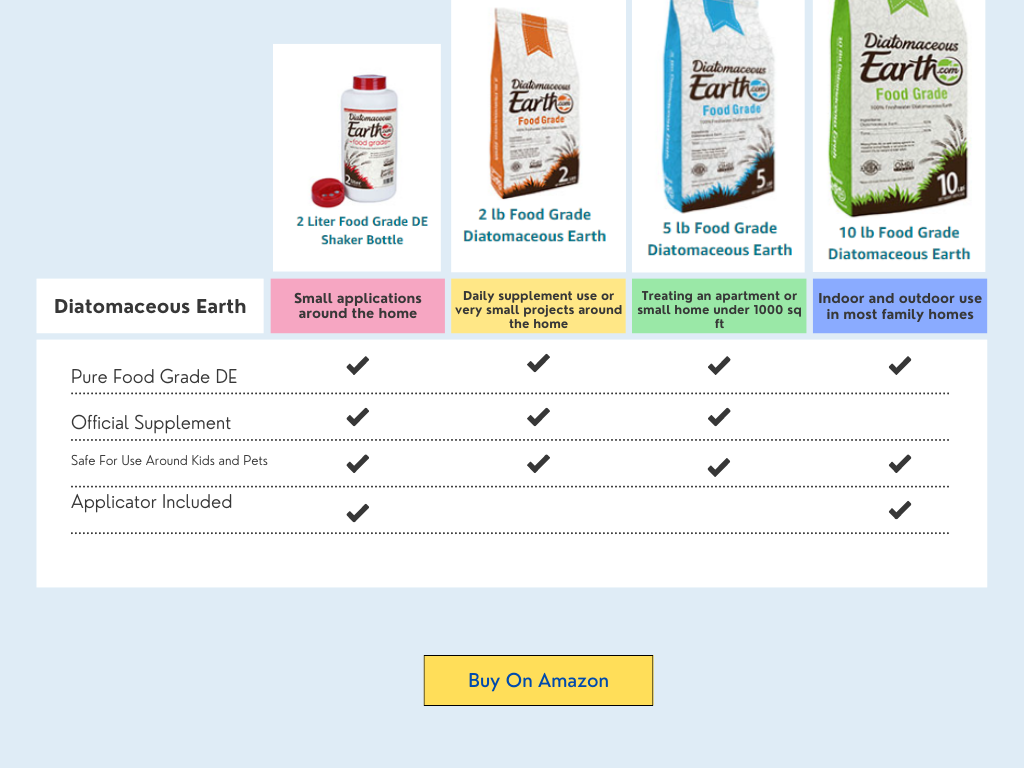
PROS About Diatomaceous Earth
Among its most striking advantages is the low risk to the health of people, children, and pets, as well as the residual years that this compound can have in our home, providing extra protection against pests. This material is not recommended for use on carpets or floors that you would vacuum.
CONS About Diatomaceous Earth
Although this product represents a non-chemical solution to avoid chemical pesticides. This powder can have some drawbacks. An example of this is that insects need to have direct contact with the material, as well as prolonged contact for it to have a greater effect. This means, that if we decide to use this. We must distribute it throughout our home in large quantities. On the other hand, Diatomaceous Earth must be kept dry, so it is not a good idea if we want to use it in our gardens that are damp from irrigation.
Despite its low toxicity. This material could not be used to kill ants if it did not have some level of danger to the health of insects, so the use of dust masks is recommended, as well as applying it in ventilated areas since this dust could cling to the mucous membranes of the nose and mouth. Also, the dust could fly and generate allergies if we apply it in places where there are fans or air conditioning.
Boric Acid
Boric Acid is a type of Acid found in many naturally occurring minerals, such as borax. Borax is found in many cleaning products, including some types of toothpaste.
Boric Acid has a very low toxicity level for mammals but not for ants. It interferes with their digestive system and slowly terminates them.
The trick is to keep the level of boric Acid low enough so that it travels through the colony and makes it to the queens and young before killing the ants.
I will give you a personal recommendation of a product that is currently on the market called Terro. This contains borax, and I found it effective against Red Harvester Ant.
You can also find recipes online to make your own bait at home using borax. (Here are the steps if you are interested)
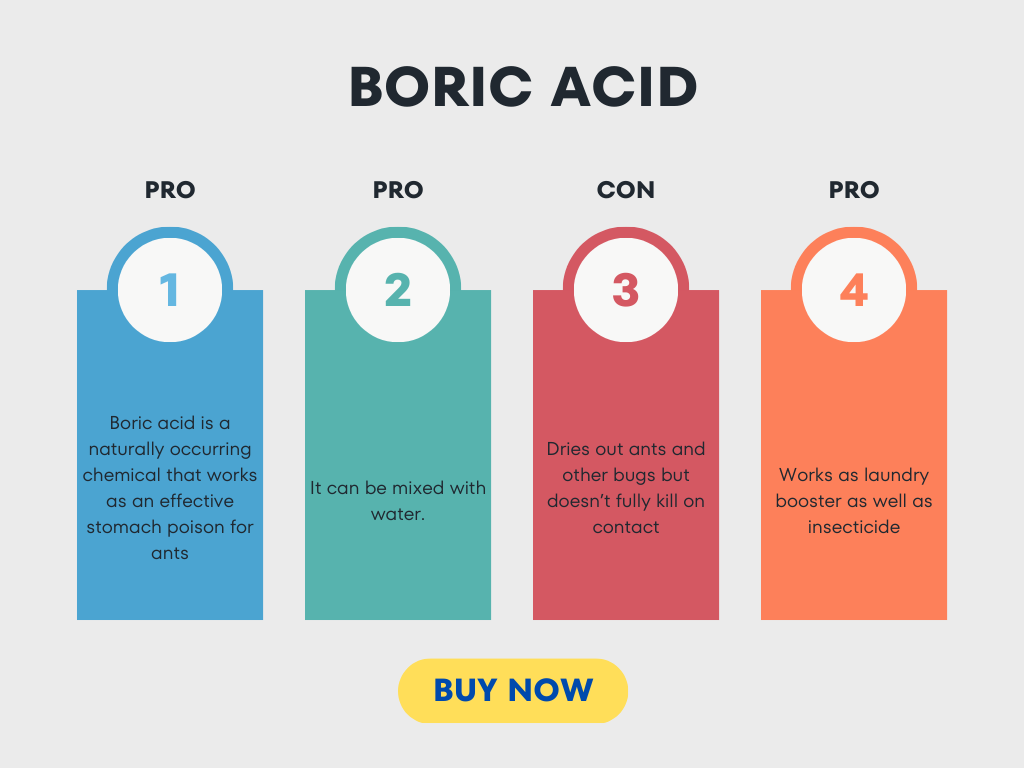
PROS About Boric Acid
This product dissolves easily in water, which allows us significant savings. On the other hand, it is more granular than powder. Which makes it less likely that we will inhale it by mistake.
It is useful for other types of pests, such as cockroaches.
CONS About Boric Acid
In very humid climates, if not stored properly, it can become damp and ruined. Therefore, it is recommended to store the mixture in a gallon Ziploc bag to keep it dry and protected when not in use.
Essential oils
Red Harvester Ant communicate with each other using pheromones. A forager that finds food marks a trail on the way back to the colony. This scent trail is followed by other ants, and these ants then reinforce the trail when they head back to the colony with food.
Pheromones also help ants tell each other apart, warn each other of danger and communicate all sorts of messages we’re only beginning to understand.
Most essential oils have a very strong fragrance. We can use this strong fragrance to mask pheromone trails and disrupt the coordination of ants. This method, in addition to being very efficient, allows you to drive away the ants in a natural way without causing them harm.
Essential oils can be added to soapy water that can be used to clean pots and shelves where we keep cacti and succulents. This will mask any previous messages ants left behind to tell other ants… HEY! There is a good food source, water, or shelter.
My Favorite essential oils to use for ants are:
- Peppermint
- Cedarwood
- Lemongrass and
- Clover
However, there is a high range of essential oils that we can use to keep ants away from our homes. Below we offer you a select list of the most efficient oils with the best results on the market.

Pros About Essential Oils
These essential oils represent rapid elimination and residual repellency. which means many months of additional protection.
On the other hand, this represents a highly respectful pest control with our environment.
In the case of living with other beneficial insects for us, such as bees or other pest-control insects. These represent minimal risk.
Finally, as we all know. Essential oils offer us a natural and pleasant fragrance for our home.
Cons About Essential Oils
Essential oils are very useful for many purposes despite their effectiveness in pest control. We may need large amounts to eradicate large ant colonies. Essential oils are expensive, so it can cost us a few dollars to completely eradicate an ant colony.
3 – Third Step: Insecticides and Ant Baits To Control Red Harvester Ant (Best Crazy Ant Killer)
Best Ant Bait For Red Harvester Ant
We recommend using an ant bait containing borax or boric acid as the active ingredient. These baits have been proven to be very effective at controlling Red Harvester Ants and other species of ants.
Place the bait in areas where you’ve noticed ant infestations, such as near windows, doors, baseboards, plumbing fixtures and other points of entry for these pests.
Be sure to keep children and pets away from any ant bait products!
MORE Red Harvester Ant BAITS
- Baits (protein/fat-based baits).
- Honeydew Aphid Baits
- Nectar baits
- Plant product baits as well as sugary carbohydrates.
Sugar feeding cycles
The sugar-feeding cycle of the red harvester ant starts with foraging workers leaving the colony to search for food sources. These ants are attracted to sweet substances, and they communicate their findings with other members of the colony through pheromones. Once a food source is located, the workers will gather as much sugar (or other sweet substances) as they can carry and bring it back to the colony. They may also enlist the help of other workers to gather larger amounts of food. Back at the colony, the gathered sugar is shared among all members.
The queen ant and young larvae are given priority in feeding before the mature workers. After consuming their share of sugar, the ants return to their regular duties within the colony.
Red Harvester Ant Protein/Fat Feeding Cycles
Red harvester ants have a unique feeding cycle where they consume both protein and fat at different times throughout the day. This is necessary for their survival as they require a balanced diet to fulfill their nutritional needs.
Protein Feeding Cycle: During the morning hours, red harvester ants primarily focus on collecting and consuming proteins. They do this by foraging for small insects, seeds, and other sources of protein such as bird droppings or dead animals. They will also collect nectar from flowers to supplement their protein intake.
Fat Feeding Cycle: In the late afternoon and evening, red harvester ants shift their focus towards collecting fat-rich foods. This includes seeds that are high in oils as well as insect larvae found underground. Fat is essential for energy storage and insulation during colder months. The exact timing of these feeding cycles may vary depending on weather conditions, food availability, and colony size.
Overall, red harvester ants have adapted to this dual feeding strategy to ensure that they get enough nutrients to survive in harsh environments where food resources may be scarce. It’s important for those keeping red harvester ant colonies in captivity to mimic these natural feeding cycles by offering them a variety of protein- and fat-rich foods at different times throughout the day. This will help maintain optimal health in your ant colony.
Red Harvester Ant Control Using Insecticides
The best insecticide for controlling red harvester ants will depend on several factors such as the severity of the infestation, location, and personal preferences. Some effective options to consider include:
1. Pyrethroid-based insecticides: These are synthetic chemicals that are highly effective against a wide range of insects, including red harvester ants. They work by disrupting the nervous system of the ants, leading to paralysis and death.
2. Boric acid baits: Boric acid is a natural mineral that is toxic to ants when ingested. It can be mixed with sugar or other food sources and placed in areas where ant activity is high. The workers will take it back to their colony, killing off multiple ants at once.
3. Insect growth regulators (IGRs): These are chemicals that mimic the hormones found in insects, causing them to become sterile or unable to develop into adults properly. This disrupts the reproductive cycle of red harvester ants and helps reduce their population over time.
4. Diatomaceous earth: This natural substance made from fossilized remains of tiny aquatic organisms has sharp edges that pierce through an ant’s exoskeleton, causing dehydration and eventual death. It’s essential to carefully read and follow all instructions when using any insecticide indoors or outdoors for safe application and effectiveness.
Pesticide
Red Harvester Ant Control Using Pesticides
One option for controlling red harvester ant populations is through the use of industrial pesticides. However, this method should only be done by a trained professional, as these chemicals can be harmful if not used correctly. Here are some reasons why it’s best to contact an expert for red harvester ant control using industrial pesticides:
1. Proper identification: It is important to properly identify the species of ant before applying any type of pesticide. Red harvester ants have unique characteristics that make them different from other types of ants. A professional exterminator will know how to correctly identify these ants and determine the most effective treatment plan.
2. Knowledge about pesticide application: Industrial pesticides must be applied according to specific guidelines set by regulatory agencies such as the Environmental Protection Agency (EPA). An expert will have extensive knowledge about safe handling and correct application methods for these powerful chemicals.
3. Personal protective equipment: When handling industrial pesticides, it is essential to wear appropriate personal protective equipment (PPE) such as gloves, goggles, masks, etc., to avoid exposure or harm from the chemicals being used. Professional exterminators have access to high-quality PPE that ensures safe application while protecting both themselves and others around them.
4. Effectiveness: Industrial pesticides are specifically designed to eliminate pests like red harvester ants quickly and effectively with minimal impact on the environment when used correctly by professionals who follow all regulations set forth by governing authorities.
5. Preventing future infestations: An experienced pest control expert knows how pests behave during different seasons throughout the year; therefore, they understand what measures need to be implemented after current infestations have been successfully treated so that the risk of another infestation is minimized.
In summary, red harvester ant control using industrial pesticides is best left to trained professionals who have been certified in pest management. Attempting to use these chemicals without proper knowledge and training can be dangerous for you, your family, and the environment. Contact a reputable pest control company today if you are facing an infestation of red harvester ants on your property.
Subfamilies Of Ants
View More
View More
Ant SubFamily Group 3
View More

Did You Know That…
These ants live in large underground nests with different chambers serving various functions. What’s interesting is that they assign specific tasks to different members of the colony based on their age and size. Young worker ants typically start off with simple duties like tending to the brood or caring for the queen. As they mature, they take on more responsibilities such as foraging for food, expanding the nest, or defending against intruders.
What makes this even more remarkable is that these ants can communicate and coordinate their activities effectively. They use pheromones and other chemical signals to transmit information about food sources, potential threats, and other important messages throughout the colony. This complex division of labor and communication system allows red harvester ant colonies to function like well-oiled machines, maximizing their chances of survival and success.
How to Raise a Red Harvester Ant Colony? The Ultimate Guide
INTRO
Chapter 1: Getting Started in Red Harvester Ant Keeping!
Raising a red harvester ant colony can be a fascinating and rewarding experience. These industrious ants exhibit a complex social structure and behaviors that make them captivating creatures to observe. By creating a suitable habitat and providing them with the necessary resources, you can establish and maintain a thriving colony. This guide will walk you through the essential steps and considerations to ensure the successful growth and well-being of your ant colony.
From acquiring a queen and her initial brood to setting up a proper enclosure, we’ll cover the fundamental aspects of creating a conducive environment for your red harvester ants. We’ll explore their dietary needs, nesting requirements, and optimal temperature and humidity conditions.
Additionally, we’ll delve into the importance of maintaining a clean and hygienic habitat for the ants, as well as strategies for observing and monitoring their activities without causing undue stress or harm.
Raising a red harvester ant colony requires dedication, patience, and attention to detail, but the rewards are plentiful. Witnessing the ants build intricate tunnels, forage for food, and care for their brood is a truly mesmerizing experience.
So, let’s get started on this journey of nurturing and exploring the remarkable world of red harvester ants!
How to get a Red Harvester Queen Ant?
To acquire a Red Harvester Queen Ant for ant farming, you have a few options:
1. Purchase from reputable sources: Look for specialized ant breeders or suppliers who specifically offer Red Harvester Queen Ants for sale. These sources often ensure healthy and well-cared-for ants. Make sure to do your research and choose reliable sellers with good reviews.
2. Join ant-keeping communities: Connect with fellow ant enthusiasts through ant-keeping forums, social media groups, or local clubs. Members of these communities may be willing to sell or trade Red Harvester Queen Ants or provide useful advice on where to find them.
3. Collect locally: If Red Harvester Ants are native to your region, you can try collecting a queen during their mating flights. Research the specific flight seasons and habits of these ants in your area.
It’s important to note that capturing wild queens may require permits or following specific regulations, so be sure to check and comply with local laws. Regardless of the method you choose, always prioritize the well-being and ethical treatment of the ants. Proper housing, nutrition, and care are essential for a successful and responsible ant farming experience.
How to identify a Red Harvester Queen Ant?
Identifying a Red Harvester Queen Ant in an ant farm can be quite challenging due to their size and similarities with other ant species.
However, there are several characteristics that can help you identify a Red Harvester Queen Ant:
1. Size: Red Harvester Queen Ants are generally larger than worker ants. They can measure up to 15-20 mm in length, whereas worker ants are usually around 5-10 mm long.
2. Body coloration: Red Harvester Queen Ants have a reddish-brown or dark brown coloration. However, keep in mind that the coloration may vary depending on the specific species and environmental factors.
3. Wing presence: Queen ants have wings that are often larger than those of worker ants. Red Harvester Queen Ants have large wings that extend beyond the tip of their abdomen. However, it’s important to note that they may sometimes shed their wings after mating.
4. Abdomen shape: Queen ants have a bulkier abdomen compared to worker ants. Red Harvester Queen Ants have a rounded or slightly oval-shaped abdomen.5. Behaviors: Queen ants are typically less active than worker ants. They spend most of their time in hidden locations within the ant farm, especially during the initial stages when they’re establishing their colony.
To increase your chances of identifying a Red Harvester Queen Ant, you could also consult with entomologists, join online forums or communities dedicated to ant keeping, or refer to specialized ant identification resources. Additionally, observing the behavior and development of ants within your ant farm can provide clues about the presence of a queen ant.
Time for a queen ant to start a new colony
The right time is typically during the spring or early summer, when environmental conditions are optimal. This allows the new colony to take advantage of the abundance of resources and favorable weather conditions that support their growth and establishment.
During this time, the queen ant will have mated with one or more male ants from a neighboring colony, and she will be ready to lay her eggs. The mated queen will then seek out a suitable nesting site, typically underground, to begin the process of starting her own colony.
It’s important for the queen ant to choose a location with ample food resources, protection from predators, and suitable moisture levels. Once she has found a suitable spot, she will lay her first batch of eggs and care for them until they hatch into worker ants. These workers will then contribute to the growth and expansion of the colony, while the queen’s primary focus becomes egg-laying.
Overall, the timing of colony establishment for a red harvester queen ant is crucial for maximizing the chances of success, as it allows for the synchronization of environmental factors with the ant’s reproductive cycle and colony development.
Capture the Red Harvester Queen Ant with care.
it’s crucial to approach it with care to ensure the well-being of both the ant and yourself.
Here are some steps to help you capture the Red Harvester Queen Ant safely:
1. Research: Before attempting to capture the queen ant, it’s important to have a good understanding of their habitat, behavior, and specific requirements. This knowledge will help ensure you provide optimal conditions for the queen ant once captured.
2. Equipment: Gather the necessary equipment such as gloves, a magnifying glass, a clear container with ventilation holes (like a plastic container with a mesh lid), and a tool for gently scooping up the ant.
3. Location: Find the nest or colony of Red Harvester Ants. They typically build large, visible earth mounds with multiple entrances. Make sure to identify the Red Harvester Queen Ant before attempting to capture it. The queen is usually larger than the other ants, with a distinct body shape.
4. Patience and Observation: Spend time observing the ant colony to understand its activity patterns. Locate the queen ant by gently digging around the mound or following worker ants that might lead you to her.
5. Timing: The best time to capture the queen ant is during early spring or late summer when new queens emerge for mating flights. They’re more likely to be found outside the nest during these periods.
6. Slow Approach: Once you’ve located the queen ant, approach her slowly and carefully. Use your tool to gently scoop her up without causing any harm. Avoid squeezing or injuring her during the process.
7. Place in Container: Transfer the queen ant into the clear container with ventilation holes. Ensure that the container is suitable for long-term housing, providing enough space and appropriate conditions similar to their natural habitat.
8. Habitat Setup: Create a suitable habitat within the container, including a small nesting area with appropriate nesting materials (such as sand or soil), food sources like seeds or sugar water, and a water source (moist cotton or a water tube).
9. Research and Monitor: Continually research ant care and monitor the queen ant’s behavior and health. Make adjustments to the habitat as needed to ensure her well-being. It’s worth mentioning that capturing and keeping queen ants might be regulated or even illegal in some jurisdictions or require permits. Ensure you are familiar with the local laws and regulations before proceeding. Additionally, it’s crucial to prioritize the welfare of the ants throughout the process.
How to feed your Red Harvester Ant
1. Understanding their diet: Red Harvester Ants (Pogonomyrmex barbatus) are granivorous, meaning they primarily feed on seeds. In the wild, they collect and store a variety of seeds for sustenance. It’s crucial to mimic their natural diet in captivity.
2. Seed selection: Choose a mix of small seeds that are suitable for your ants. Some good options include millet, sesame seeds, flax seeds, and bird seed. You can easily find these at your local pet store or online.
3. Preparing the seeds: To make the seeds more accessible for your ants, it’s recommended to grind them lightly in a mortar and pestle or use a food processor to break them down slightly. This will make it easier for the ants to handle and transport the seeds.
4. Providing a foraging area: Create a foraging area within the ant farm enclosure where you can scatter the prepared seeds. You can use a small dish or container filled with sand, soil, or another substrate that the ants can manipulate. Make sure it’s easily accessible for them to reach and transport the seeds back to their colony.
5. Observation and replenishment: Watch closely as the ants forage and bring the seeds back to their nest. As they consume the seeds, keep an eye on the seed levels in the foraging area. Regularly replenish the seeds as needed to ensure a consistent food source for your ants.
6. Supplementing their diet: While seeds should form the majority of their diet, Red Harvester Ants also benefit from occasional protein sources. You can provide them with small portions of insects or protein-rich foods like boiled egg yolk or chicken.
7. Water source: In addition to food, providing a source of water is essential for your ants’ survival. You can use a small water feeder or place a moist cotton ball or sponge inside the enclosure. Make sure to maintain the humidity levels by misting the enclosure regularly.
Remember, maintaining a clean and hygienic setup is crucial for the health of your ant colony. Remove any uneaten seeds or spoiled food promptly to prevent mold or bacterial growth. Regularly observe your ants to ensure they are eating well, growing in numbers, and thriving.
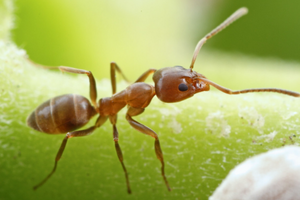
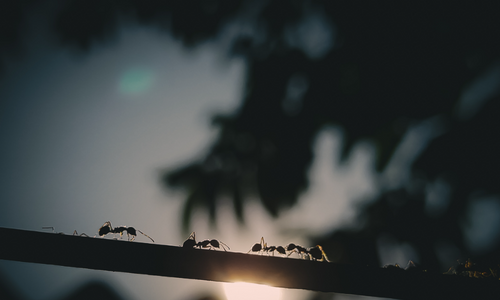


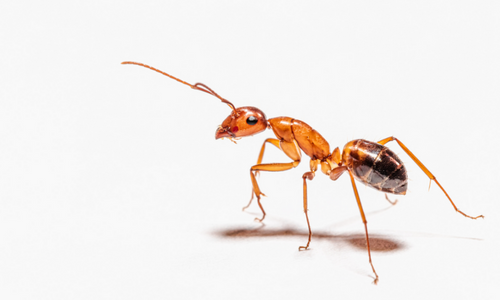
The Best Products 2024
Formicarium
Formicarium
Ant Farm
Ecosystem
Entomology supplies
Test Tube Packs
Pipettes
Feeding Dishes
Ant Foods
Ant Nectar
Feeders
Eco-Fresh Rice Worms
Fly Larvae
Kits
Terrarios
Nest Kit
Ant Farm Sand
Ant Farm Neon Gel
Ant Farm Ecosystems
| Ant Farm For Classroom | Light-up Ant Habitat |
| Ant House With Feeding Area | Wall Hanging Ant Farm |
| An ecosystem with live ants | Ant farm for Preschool |
| Pet Anthill Ant House | Nest Insect Castle |
| Glow In The Dark Ant Farm | Aquariums For Ants |
| Ant Farm With Instructions | Ant Farm With Queen |
| LED Ant Farm for Live Ants | Connectable Ant Farm |
| Ant Farm For Kids | New Large Plaster Ant Farm |
| Pocket colony | Ant Farm With Queen |
Ant Farm Supplies
| Feeder | Feeding Area |
| Tunneling sand | Tunnel starter tool |
| Ecological Ant farm gel | Ants farming aphids |
| Nutrition and Care | Ants farming mushrooms |
| Ecological blue gel | Fungus for ant farms |
| Handcrafted Wood | Ant habitats |
| Ant Plastic Tubes | Ant Glass Tubes |
| Food for ants | Ant Farm Nectar |
| Ant Farm Live Insects | More Supplies |
Live Ants For Sale
| Live Ants | Best ant species |
| Coolest Ants To Keep | Interesting Ants |
| Fungus-farming ants | Exotic ants |
| Big Ants | Buy Queen Ant |
| Buy Worker Ants | Buy Soldier Ants |
| Domestic ants | Fungus farming ants |

